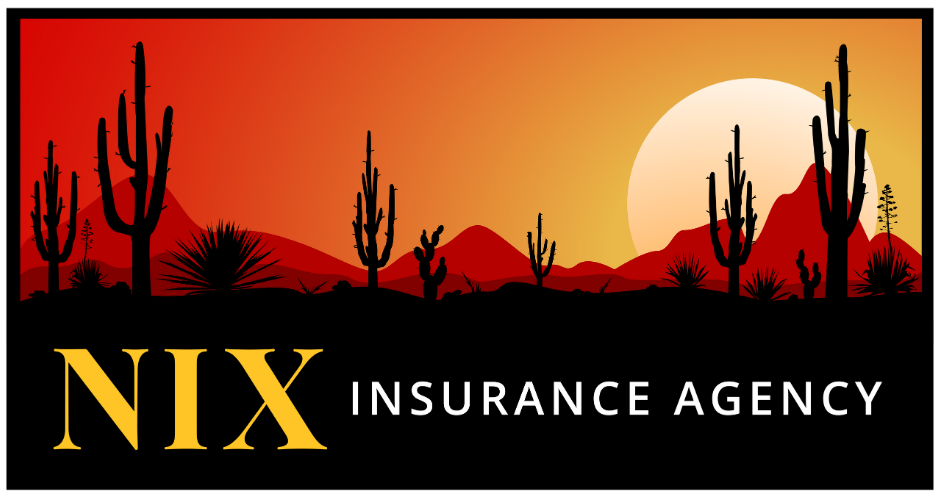Securing the right business insurance Phoenix owners need can feel overwhelming, yet a clear roadmap—and 30 years of expertise from Phoenix Arizona Insurance—turns complexity into confidence. This guide explains coverage basics, common pitfalls, and smart ways to protect assets while keeping premiums under control.
Key Takeaways
- Start with a risk audit: list threats and asset values before pricing policies.
- Liability and property lines form the core; add business‑interruption and cyber as needed.
- Read exclusions carefully to prevent hidden coverage gaps.
- Review policies annually and after any major change—new location, staff or equipment.
- Bundling multiple lines with one carrier often trims 10–25 % off combined premiums.
Understanding Business Insurance: A Primer

Business coverage shields cash flow against lawsuits, disasters and shutdowns. Two pillars stand out:
- Business‑Interruption Insurance – reimburses lost income plus ongoing expenses when operations pause after events like fires or severe weather.
- General Liability – pays legal costs and judgments tied to bodily injury, property damage or advertising mistakes.
The U.S. Small Business Administration’s insurance guide confirms that firms lacking these lines struggle to reopen after catastrophic loss.
Essential Types of Coverage for Small Businesses

Beyond liability and property, consider:
- Workers’ Compensation – mandatory when you hire employees; covers medical bills and lost wages.
- Professional Liability – protects service firms against claims of errors or negligent advice.
- Cyber Liability – offsets costs from data breaches, ransomware or customer‑information theft.
Common Pitfalls to Avoid When Choosing Insurance

- Coverage Gaps — Example: relying on a landlord’s policy to protect your inventory. It doesn’t.
- Ignoring Exclusions — Many property policies exclude flood or earthquake; add riders if relevant.
- Buying on Price Alone — Low premiums may hide high deductibles or reduced limits.
- Forgetting to Update — New equipment or revenue growth can leave limits outdated within months.
Assessing Your Business Risks
Create a simple matrix that scores each threat for likelihood and financial impact. Prioritize high‑impact/high‑probability items such as product liability or supply‑chain interruption, then budget coverage accordingly.
How to Choose the Right Insurance Provider
| Criteria | Provider A | Provider B | Our Agency |
|---|---|---|---|
| Reputation | Excellent | Average | Community‑Trusted 30 yrs |
| Coverage Breadth | Good | Limited | Tailored & Comprehensive |
| Support Hours | 24/7 | Weekdays | 24/7 Local Support |
| Price Flexibility | Moderate | High | Competitive & Bundled Savings |
Tips for Managing and Reviewing Your Policies
- Calendar renewal dates 30 days early to negotiate terms.
- Keep digital copies of policies and endorsements in multiple locations.
- Track assets and payroll quarterly—growth may trigger higher limits or new lines.
- Ask your agent annually about new coverages (e.g., equipment‑breakdown, EPLI).
Frequently Asked Questions
How Can I Lower My Premiums?
Bundle policies, raise deductibles modestly, install safety devices, and document risk‑management programs to unlock carrier credits.
Are Premiums Tax‑Deductible?
In most cases yes—check IRS Publication 535 or consult a tax professional for specifics on deducting ordinary and necessary business expenses.
Can I Switch Providers Mid‑Term?
Yes. Verify cancellation penalties, arrange seamless new coverage, and obtain written loss‑runs for the new carrier.
What Does the Claim Process Look Like?
Notify your agent immediately, gather photos and receipts, complete carrier forms, and keep a log of all correspondence until settlement.
Does a Home‑Based Business Need Extra Coverage?
Yes—homeowner policies exclude most commercial liability. A home‑business endorsement or separate BOP fills the gap.
Ready for tailored advice? Contact Phoenix Arizona Insurance for a free, no‑obligation quote today.




